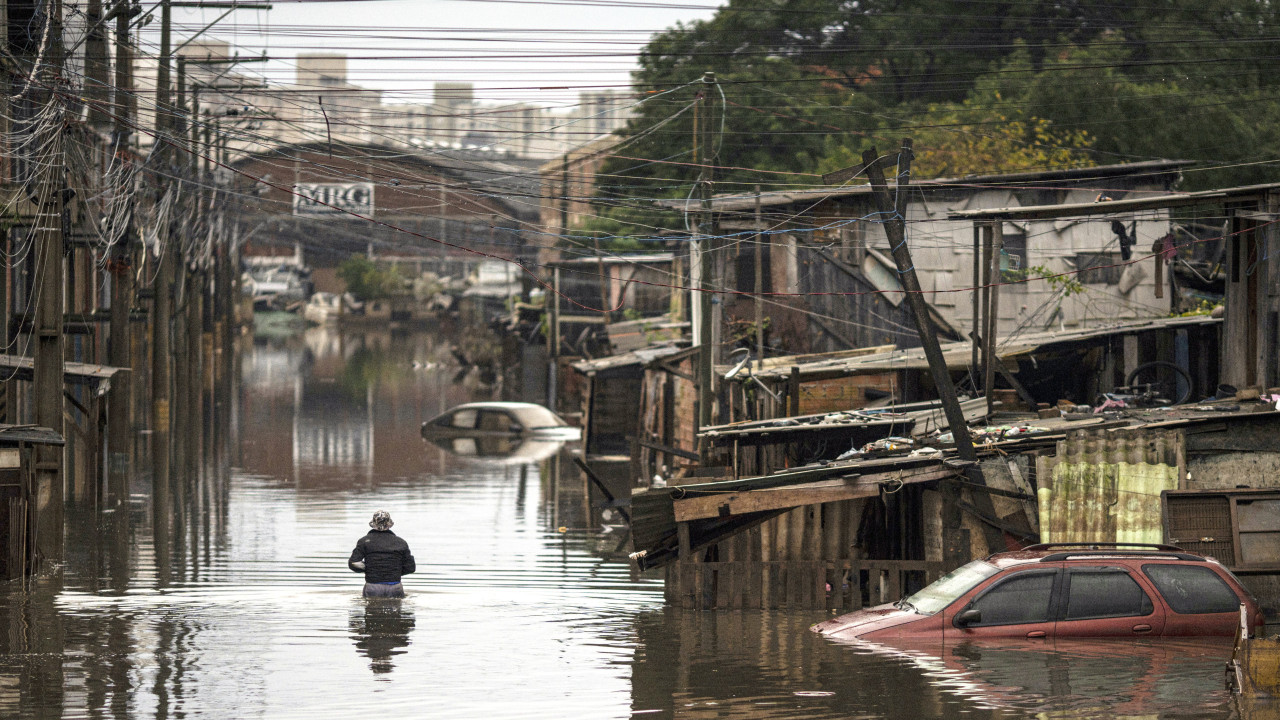
O The water level of the Guaíba River, which bathes Porto Alegre, the capital of the state of Rio Grande do Sul and one of the cities most affected by the floods, rose to 4.05 meters on Friday, one meter above the flood level, returning flooding some neighborhoods in the city center.
The river level reached an all-time high of 5.35 meters in early May and has been falling since then, to at least 3.93 meters on Thursday, so some people with flooded homes returned to try to save what little what was left and begin the cleaning process.
The rains had stopped in recent days, but fell again heavily on Thursday, when meteorological services issued a warning for thunderstorms, hail and strong winds and advised people in risk areas to seek safety.
With Porto Alegre’s pumping system collapsing and the sewage system clogged with trash and debris, water began to rise in areas where the floods had already receded.
The center of Porto Alegre dawned again covered in trash and with a new trail of destruction.
The storms also caused the Jacuí, Caí, Sinos and Taquari rivers to overflow, putting residents of several cities in Rio Grande do Sul on alert once again who had already returned home.
The latest Civil Defense bulletin, released on Friday morning, recorded no change in the number of deaths (164) or injuries (806), but reduced the number of missing from 72 to 65.
According to the same bulletin, of the 2.3 million people affected by the climate disaster, which corresponds to almost 20% of the population of Rio Grande do Sul, 63,918 are in improvised shelters in schools, gyms and churches and another 581,613 in homes from relatives or friends.
After today’s warning, meteorologists now predict that the rain will stop until the end of the night but that, with the arrival of a block of polar air, temperatures will plummet and, in some regions, they could drop as low as five negative degrees.
Read Also: Building evacuated in Brazil after landslide opens crater

Download our free App.
Eighth consecutive year Consumer Choice for Online Press and elected product of the year 2024.
* Study by e Netsonda, Nov. and ten. 2023 product of the year – pt.com
Source: https://www.noticiasaominuto.com/mundo/2568029/novas-tempestades-agravam-inundacoes-no-sul-do-brasil



